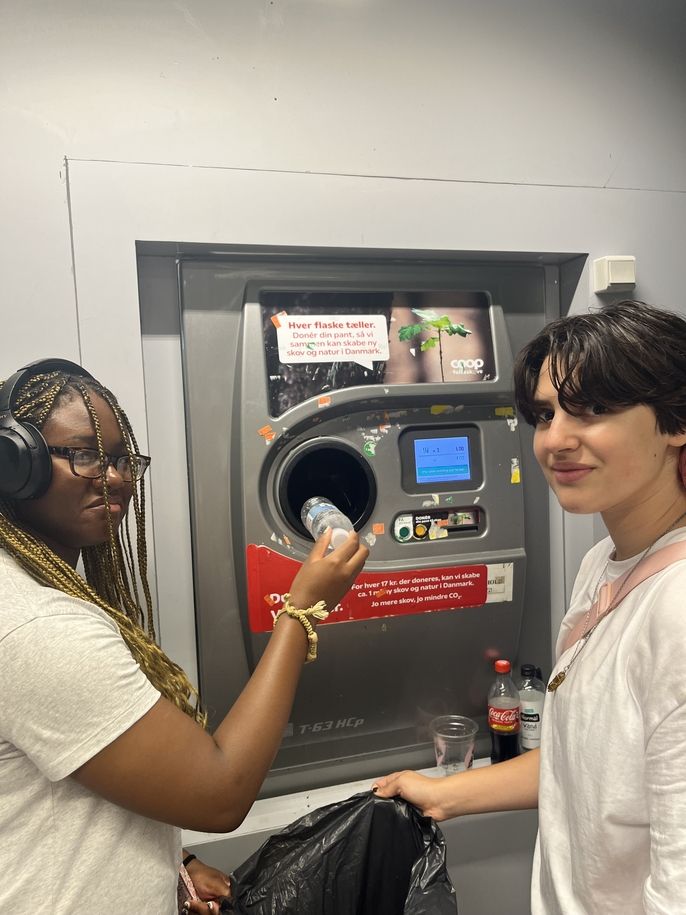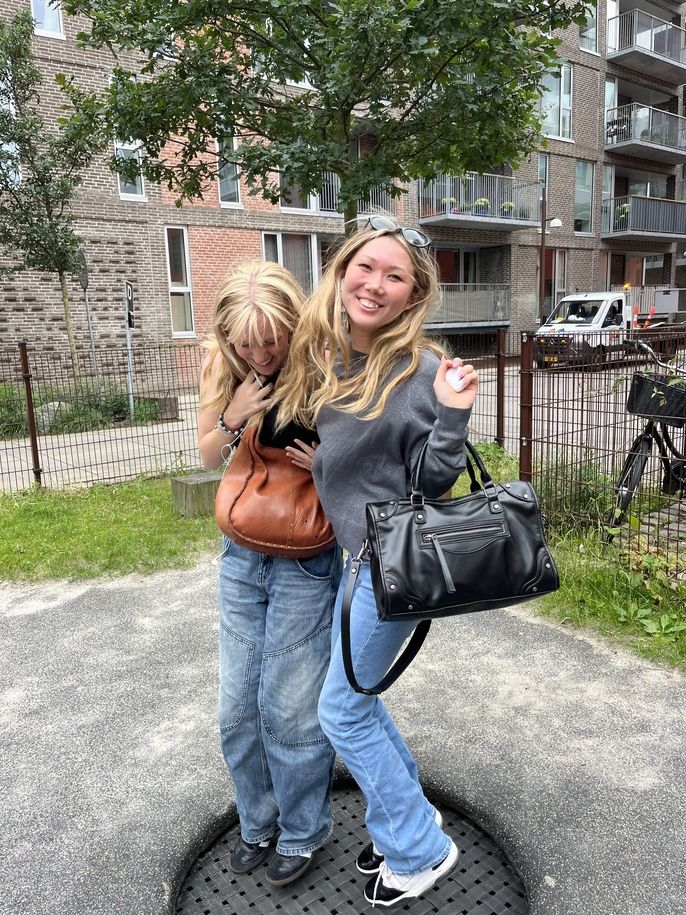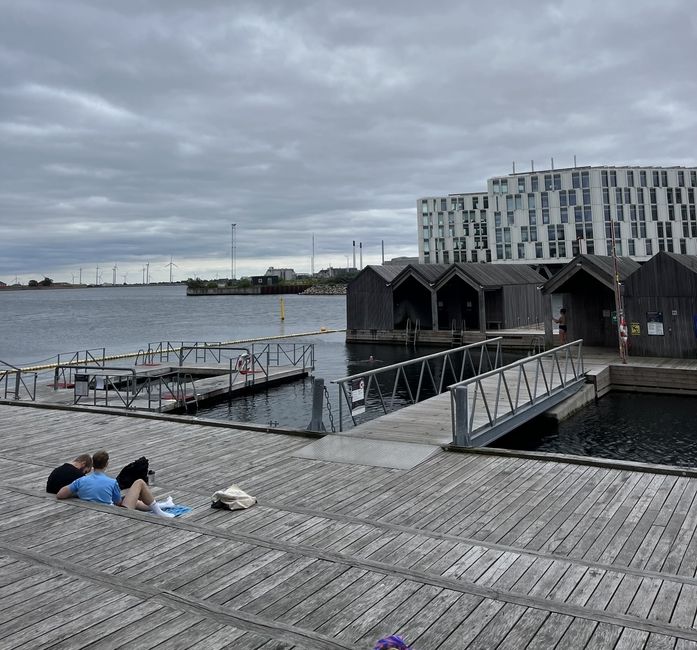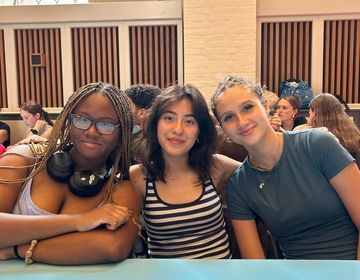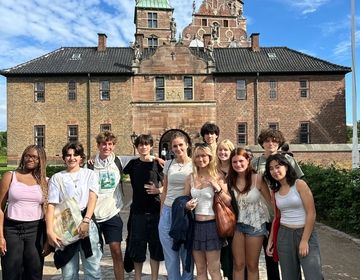Sustainability in Copenhagen: Urban farms and Neighborhoods
Class and excursions this week had a heavy focus on sustainability as students learned about recycling systems in Denmark and got to experience them as well. We collected all eligible "pant" bottles from our center, which are plastic and glass bottles of a certain standard able to be repurposed. Pant is a deposit-refund system and ranges from A, B, and C. The amount of money you get back is determined by the bottle material and bottle volume.
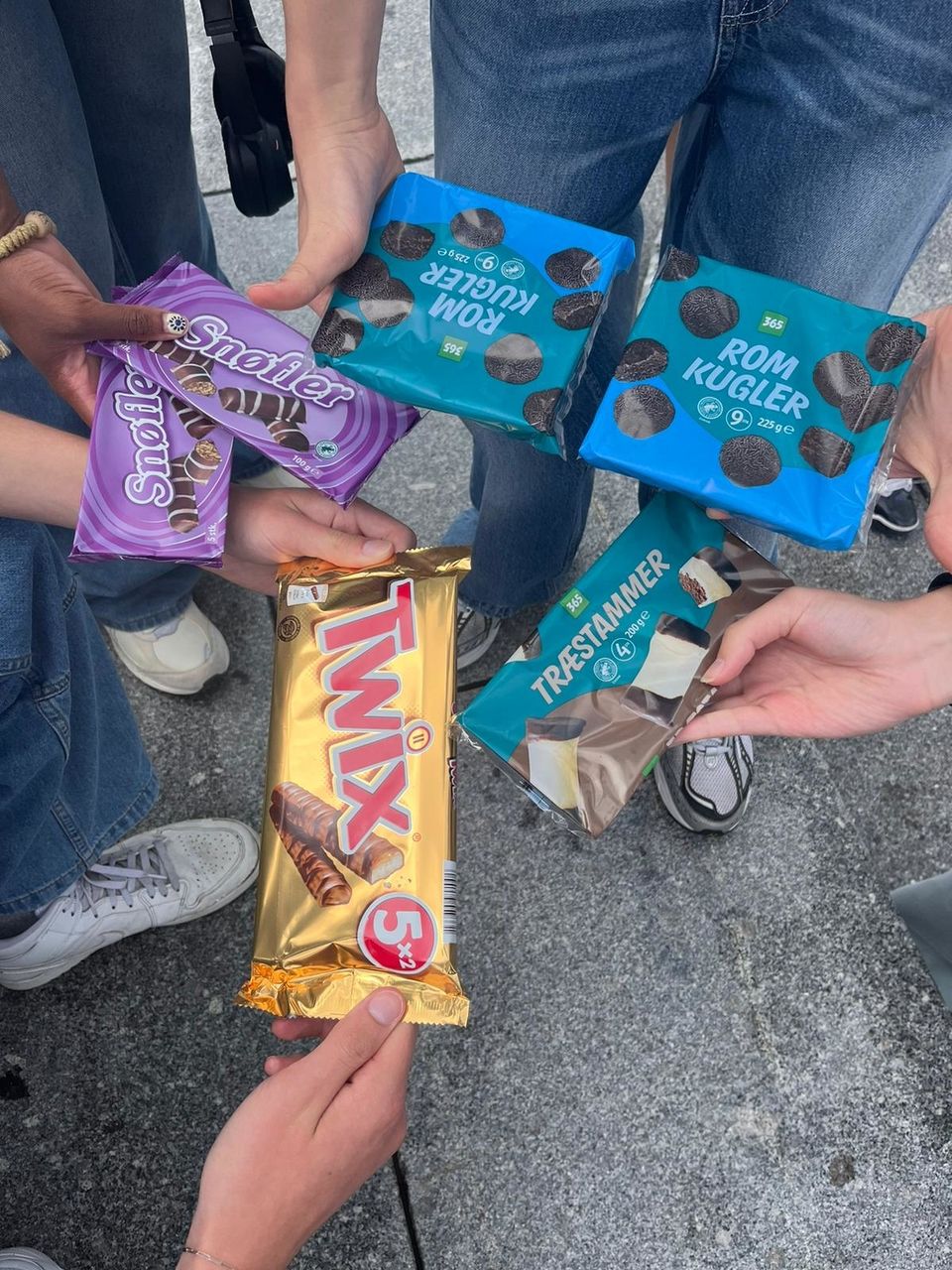
Our students received 89 Danish kroner worth of pant money from all our cans, and were able to purchase classic Danish treats (and a favorite from home) with their funds.
This week we also visited ØsterGRO an urban farm in Copenhagen that was the rooftop farm in Denmark, founded in 2014. Students learned about the importance of having urban green space and the impact that CSA's (community supported agriculture) makes in a community. We also learned a bit about their business model and how conducting educational outreach and their restaurant help support the farm and the idea of urban farming.
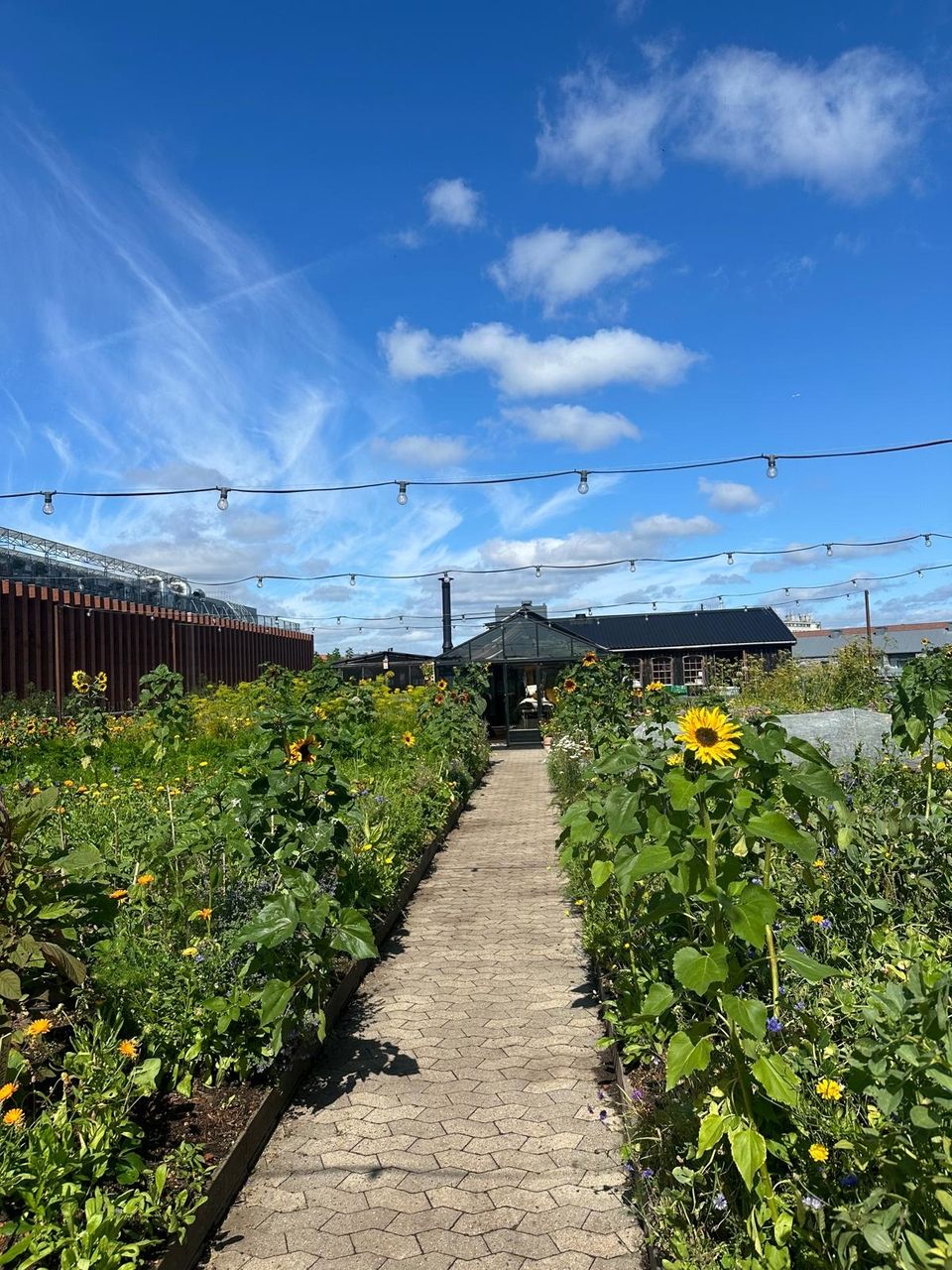
We took a tour with our teacher Josephine of the new sustainable neighborhood Nordhavn to learn about urban design and the impact of people-oriented design. We saw a rooftop park and community space full of swings, trampolines, and exercise equipment, saw a local recycling and exchange center, and took in the new and old architecture that makes Nordhavn a unique neighborhood.

Nordhavn is a neighborhood comprised of apartments, houses, offices, restaurants, harbor pools, and parking spaces where everyone can live together in comfort. The photo above shows a parking garage with an external facade and stairs that bring visitors to the rooftop park. Surrounding the parking garage is open green space with fun areas for kids to play in. All these features reinforced the idea of what makes a neighborhood fun and livable for our students.
Related Posts
Lessons from Samsø: Renewable Energy Island
Come with us to Samsø! Learn about the energy transition and organic farming in a small island community in Denmark.
Community Dining and Museums
Visit the Danish Design Museum! We also celebrate a student's birthday and our week highlight was eating at Absalon, a community space where we had a communal dinner.
Danish Castles and Food Halls
Students visited Tivoli amusement park, ate at the Tivoli and Reffen food halls, and visited Youth Island! We had a week of fun and good eats learning more about democracy and sustainability.
